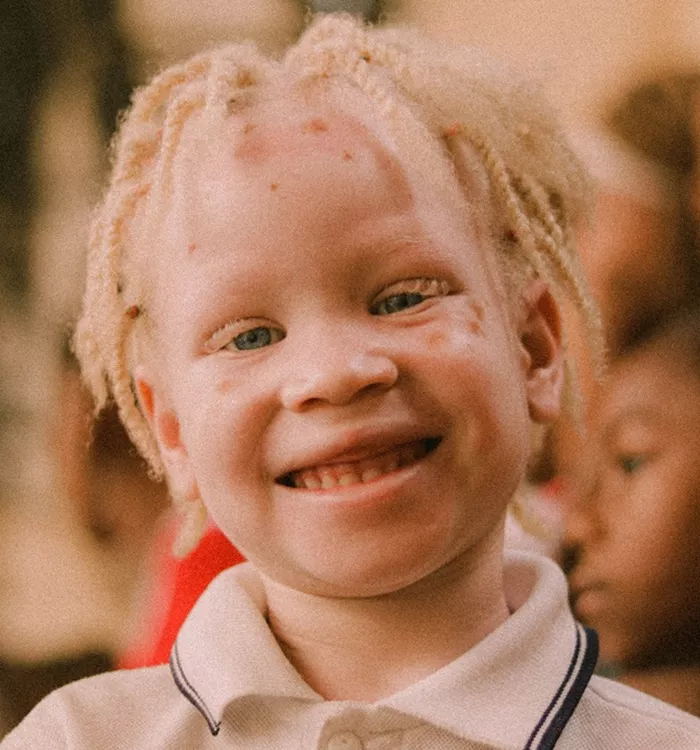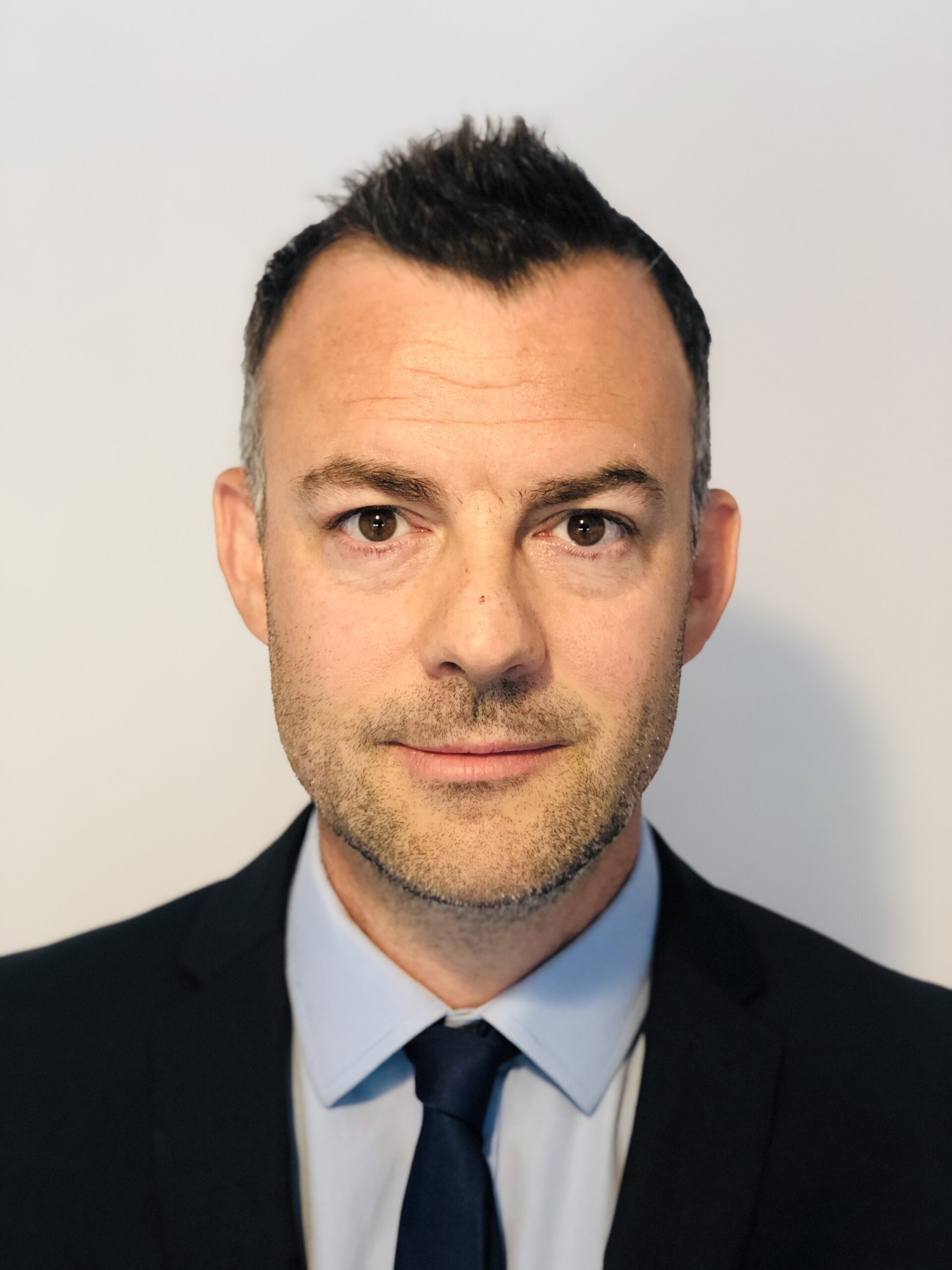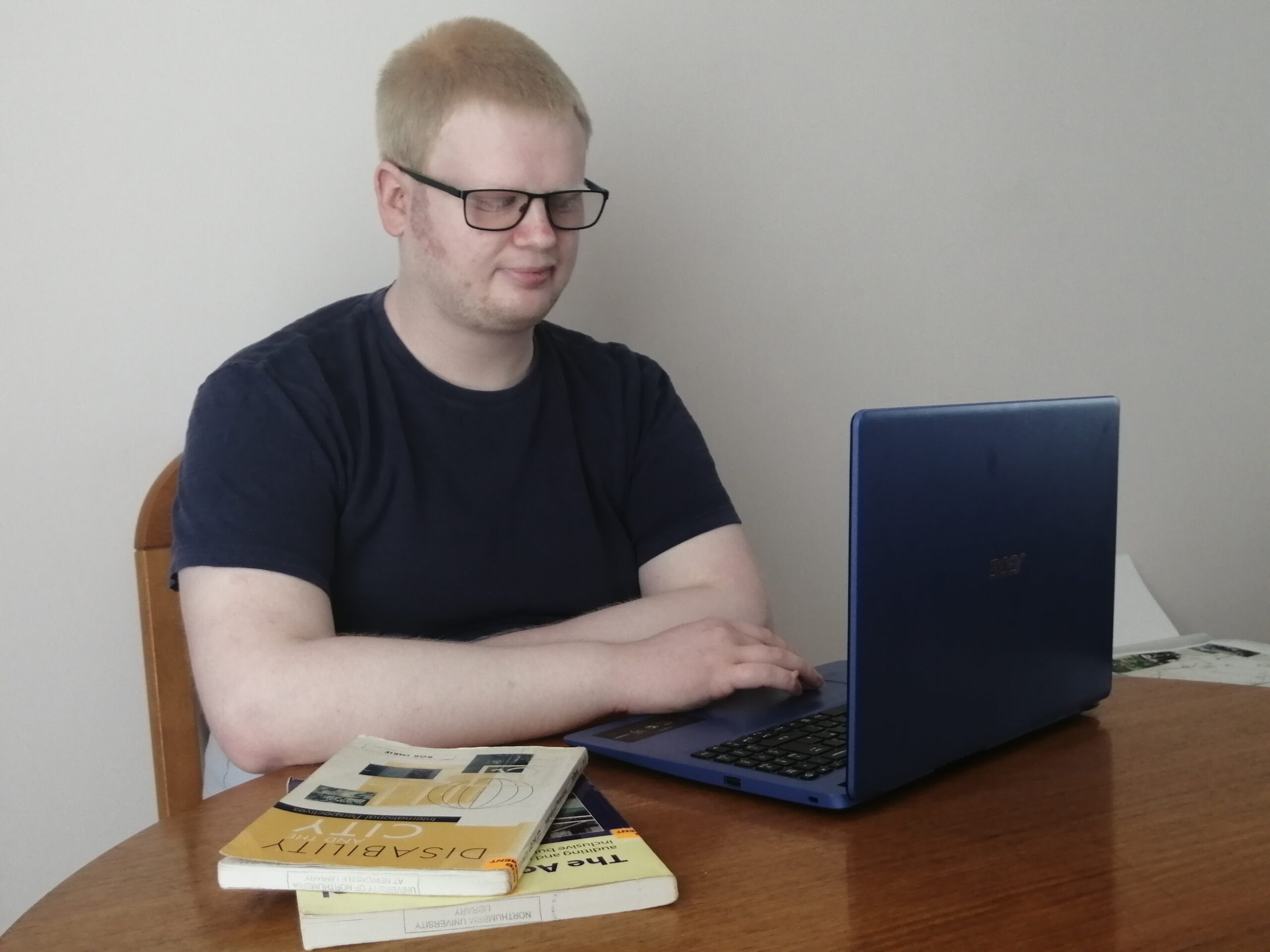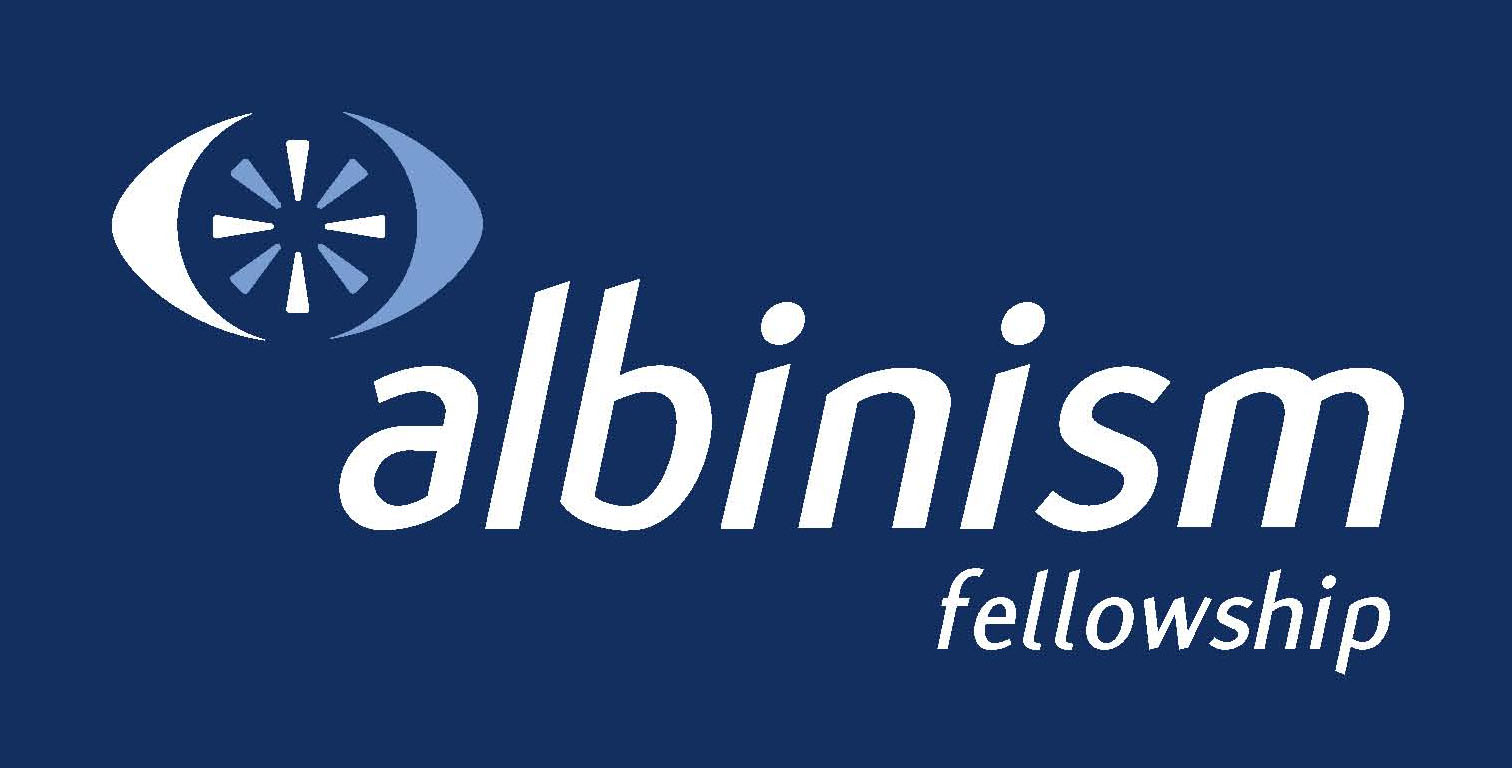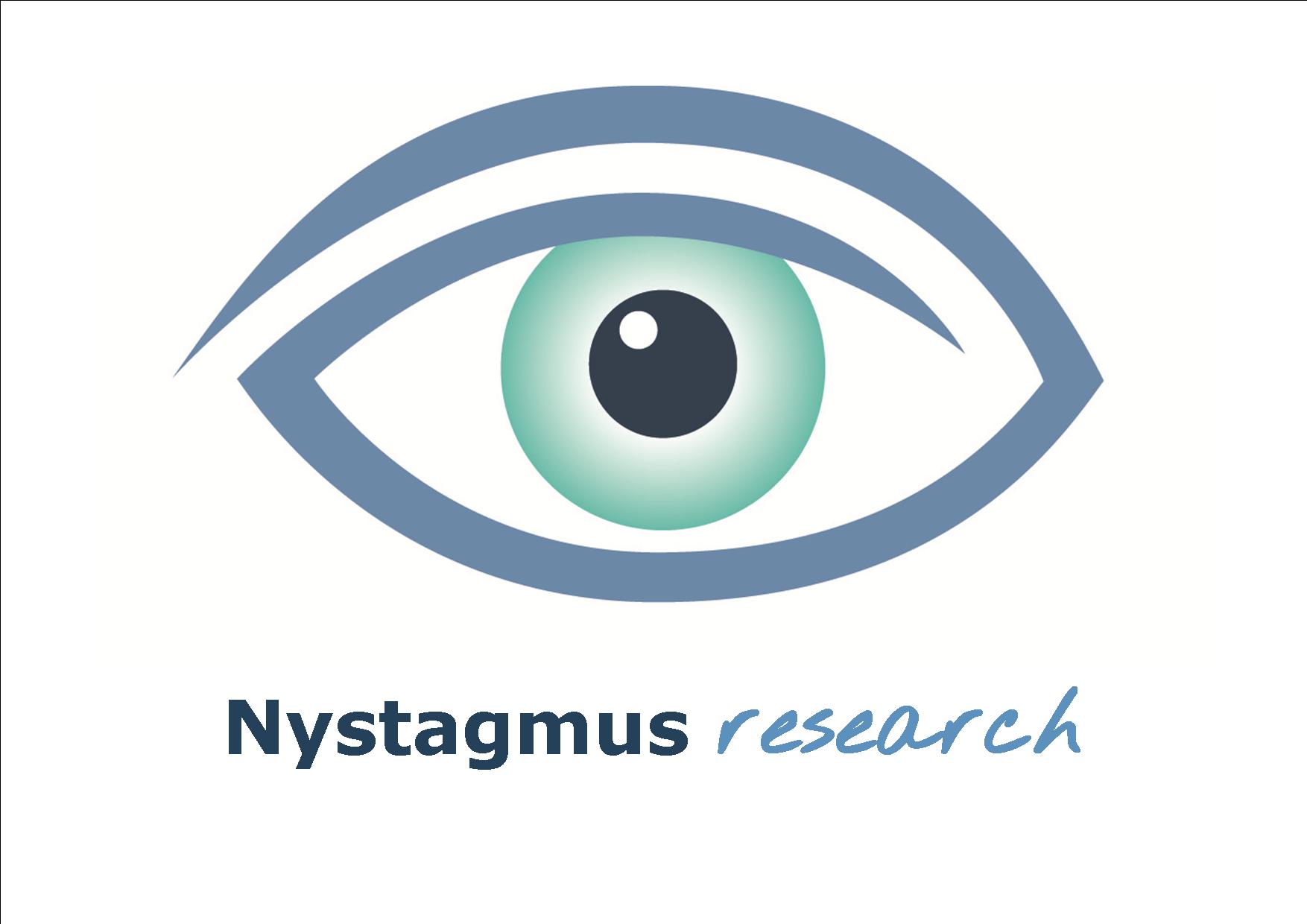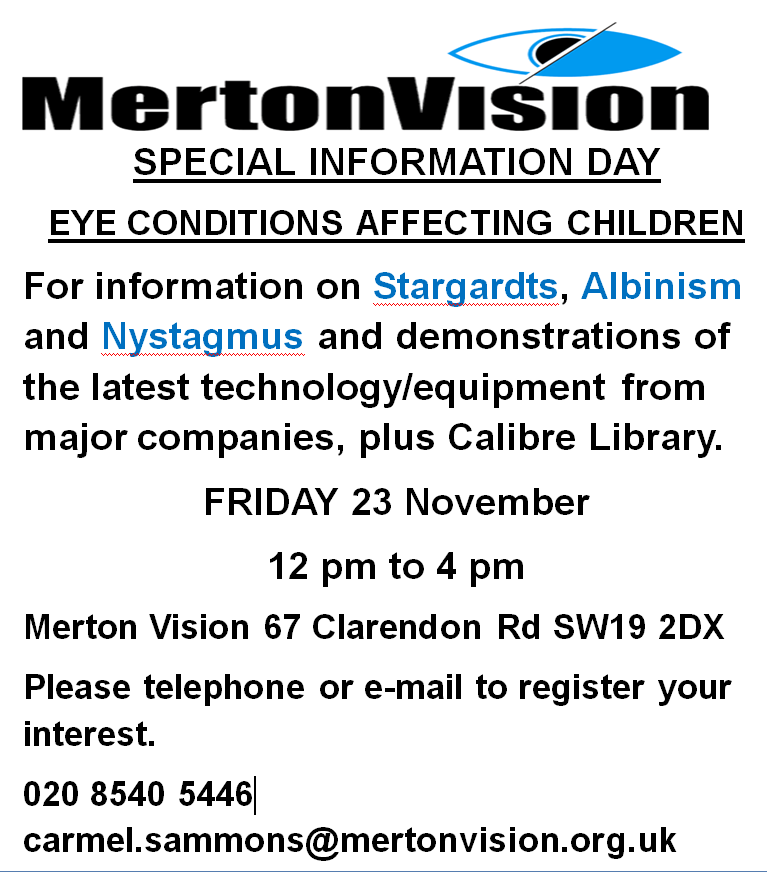We asked a group of Nystagmus Network supporters what questions they would most like to put to nystagmus researchers. Then we found researchers to answer them.
Your questions were answered by Jay Self (JS), a Consultant Paediatric Ophthalmologist at University of Southampton and nystagmus researcher and Helena Lee (HL), a Consultant Ophthalmologist at University of Southampton and a nystagmus researcher.
Question 7: Can you tell us about gene studies and personalised medicine and how that might be a breakthrough for nystagmus?
(JS) The main development in genetics is being able to do loads of sequencing. That means finding out all the genes that lots of individuals have, what their particular spelling changes are and how they’re different to everybody else. That’s part of the 100,000 genome project.
The problem we have is then interpreting all that material. All of us will have a few million variants that are different from each other, that we shouldn’t really have or that we haven’t seen before. When you test 3.2 billion things you find all of this data and the question is that we haven’t all got a million diseases so some of them are causing things, some aren’t. It’s all about interpretation. This is where diagnostics comes in. We are getting better at that. It will lead to being able to group patients better. So when you then go on to test things or see what happens during life, or to see whether having funny toe nails really is related to nystagmus, you can start to look at groups and what these conditions are and then what you can do about them.
The second thing about gene therapy and gene changing, that absolutely is relevant. There are quite a few retinal conditions which cause nystagmus for which gene therapy is already going through. There’s one which is now NIHCE approved. This is going to be available through the NHS as one of the first ever gene therapies. It’s for a type of RP called Leber’s.
Gene therapy is a potential, but it goes a bit further than that. There are various drugs now which we know can change certain spelling mistakes. There are also some albinism changes that we’ve looked at before.
There are lots of other potential medical therapies which might change genetic outcomes. This is where this all might contribute, but we need to keep refining and refining the patient groups stage. There is no way any of that is going to work as a panacea.
It’s one thing to look at nystagmus as an end point. All this is about looking at the opposite end, at very specific changes.
Quite often, if you’ve got a single gene that causes a disease, some drugs might only work if it’s a particular type of spelling mistake in a particular part of that gene, if you happen to be male, etc. So you can end up with tiny numbers. One of the challenges is that originally gene therapy was reported as being able to correct spelling mistakes. But if you have 4,000 spelling mistakes you can’t develop 4,000 different gene therapies. So the idea now is to develop gene therapies that replace bigger chunks to treat more variations or more patients.
(HL) As we understand how the disease is developing as a result of each of the spelling mistakes, we’ll also understand how to target the treatment. It might not necessarily be gene therapy. It might be something as simple as a dietary supplement. We need the genetic test then we can say you can benefit from this combination of things. You need this and this to start with. We know this is how your disease will turn out, we know that this type of gene therapy would probably be pointless for you. The idea with personalised medicine is that each person goes in and comes out with a different set of advice and guidance or treatment.
The Nystagmus Network is enormously grateful to Jay and Helena who gave up their time on a sunny Saturday afternoon to answer questions from the nystagmus community so openly and fully.

